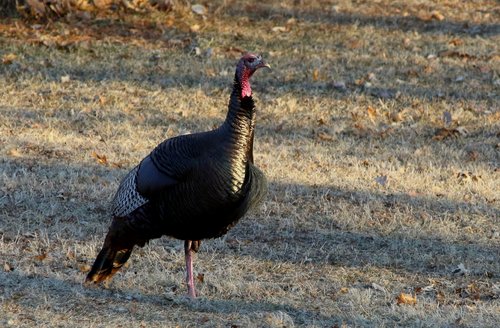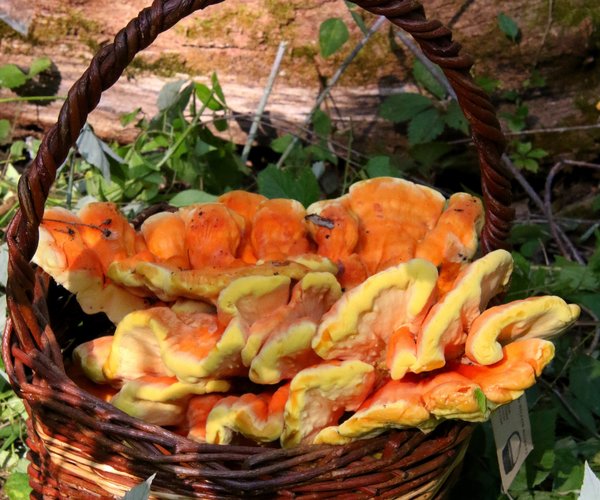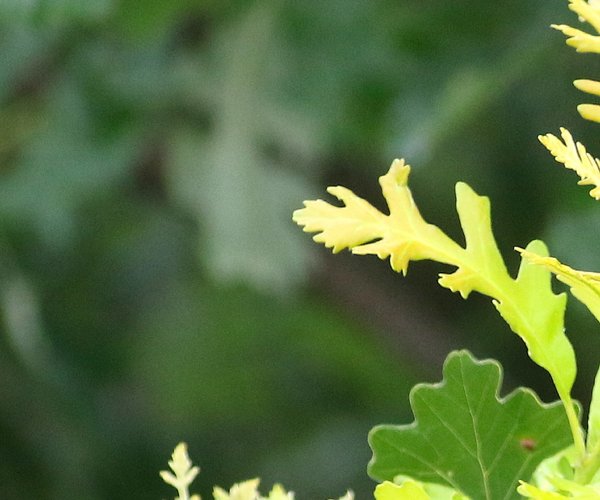Shock-gobbling a tom turkey: Waiting for an April opener
Now that Daylight Saving Time is in place there is more time, at the right time, to listen for tom turkeys gobbling as they begin their days.
Scouting, hunting, photographing, or just birding Wisconsin’s wild turkeys provides several options of marking their territories. Be mindful that where tom turkeys roost, fly down, feed, and fool around with other turkeys, sometimes in large rafts, changes as spring approaches and beyond.
“Spring is a time of change,” reminds Jeff Fredrick, of Mindoro in La Crosse County. “Understand from one week to the next week turkeys may be in slightly different locations, do slightly different things, and react to our presence in different ways, but every little bit helps to understand the spring gobbling season,” he says.
To Jeff, turkeys are just about everything. He studies them, talks at seminars to hunters about them, hunts them himself, eats them, makes decoys from their feathers, creates art displays with parts of them, makes diaphragm calls to trick them, and for a long time was Wisconsin’s turkey calling champion.
He’s retired from the calling/judging business but is the sole employee of Jeff Fredrick Design, which encompasses many of his turkey encounters.
Even now, he’s scouting turkeys, which can be as simple as being up before the turkeys, stepping out his back door and listening.

“Sometimes I try to be in a position to see them fly down, watch which direction to go and whether they are headed to the top or bottom of a ridge,” he says. “At least that’s a starting point.”
While turkeys gobble most of the year, much of that noise is concentrated during premating time. At certain times gobbling is most intense before the birds fly down from their tree roost.
“Missing that first gobbling by as much as five minutes may mean your scouting is giving the wrong information,” Jeff pounds home. “And one day there can be zero early gobbling, too.”
Most experienced turkey fanatics have a saying for turkey behavior. “Turkeys will be turkeys; they do what they want, when they want, too”
A big part of scouting turkeys pre-season, is shock-creating to get a tom to shock-gobble, being stimulated to do so by a loud noise. Making a sound from a call or having a noise created by the real thing seems to work, but not 100 percent of the time.
Coyotes, owls, crows, woodpeckers, sandhill cranes, truck muffler systems and gun blasts, work some of the time. Professional calls are sold to mimic these sounds. Some calls are made by a hunter’s vocal, or clapping with cupped hands will sometimes work or attract the attention of other animals, who call, and that gets a gobbler’s attention in a chain of events.
Sometimes hunters pull out a turkey call, mouth, diaphragm, slate or box, and actually call to the tom as a hen might do. A little bit of that goes a long way and sometimes the wrong way, hunters have been heard saying.
The same goes for turkey decoys before the season.
Others use nothing but their eyes, ears and a good pair of binoculars, either from a blind or totally camouflaged. Time is up; work is calling; and the would-be hunter leaves the woods, hoping the turkey doesn’t see what sounded off.
With turkeys, tracks, sounds and sights are all possible scouting implements. Hearing shock gobbling seems the most revealing.
Contact Jerry Davis, a freelance writer, at sivadjam@mhtc.net or 608.924.1112.





